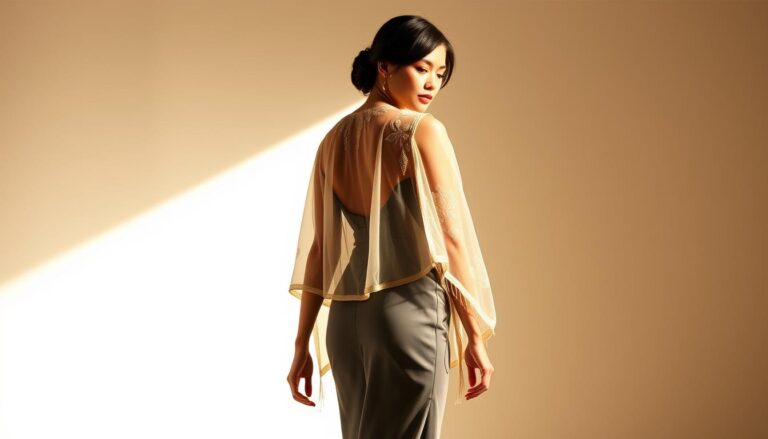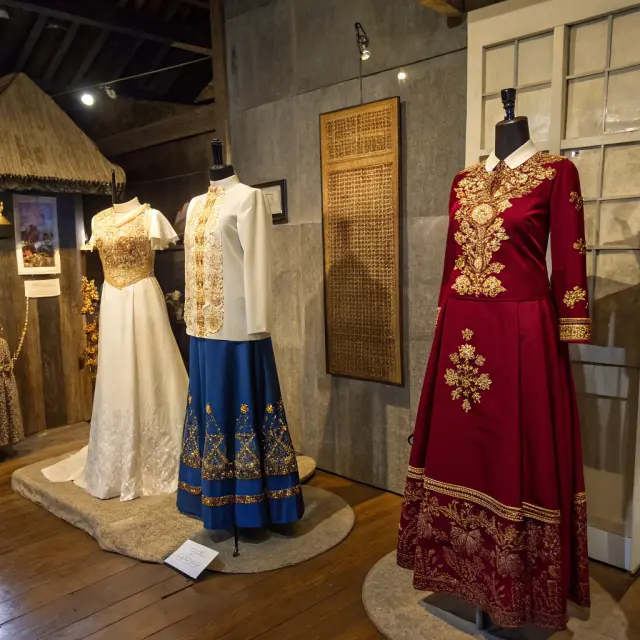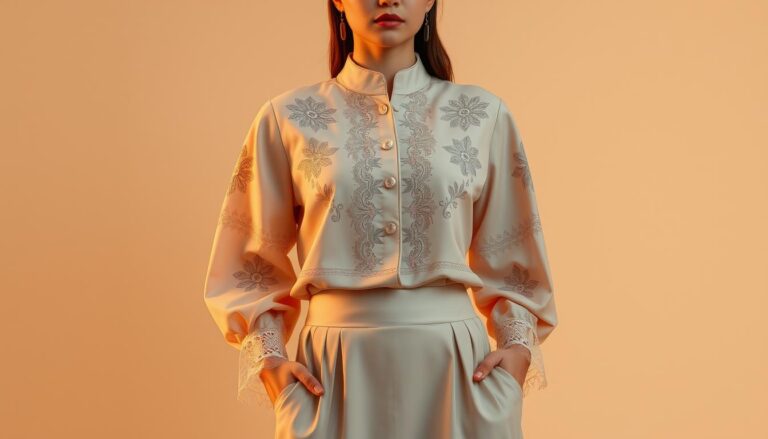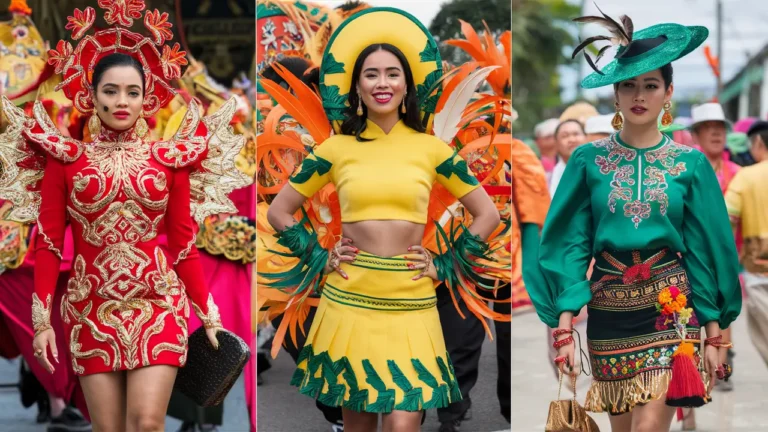Choosing the Perfect Barong: Style Guide for All Occasions
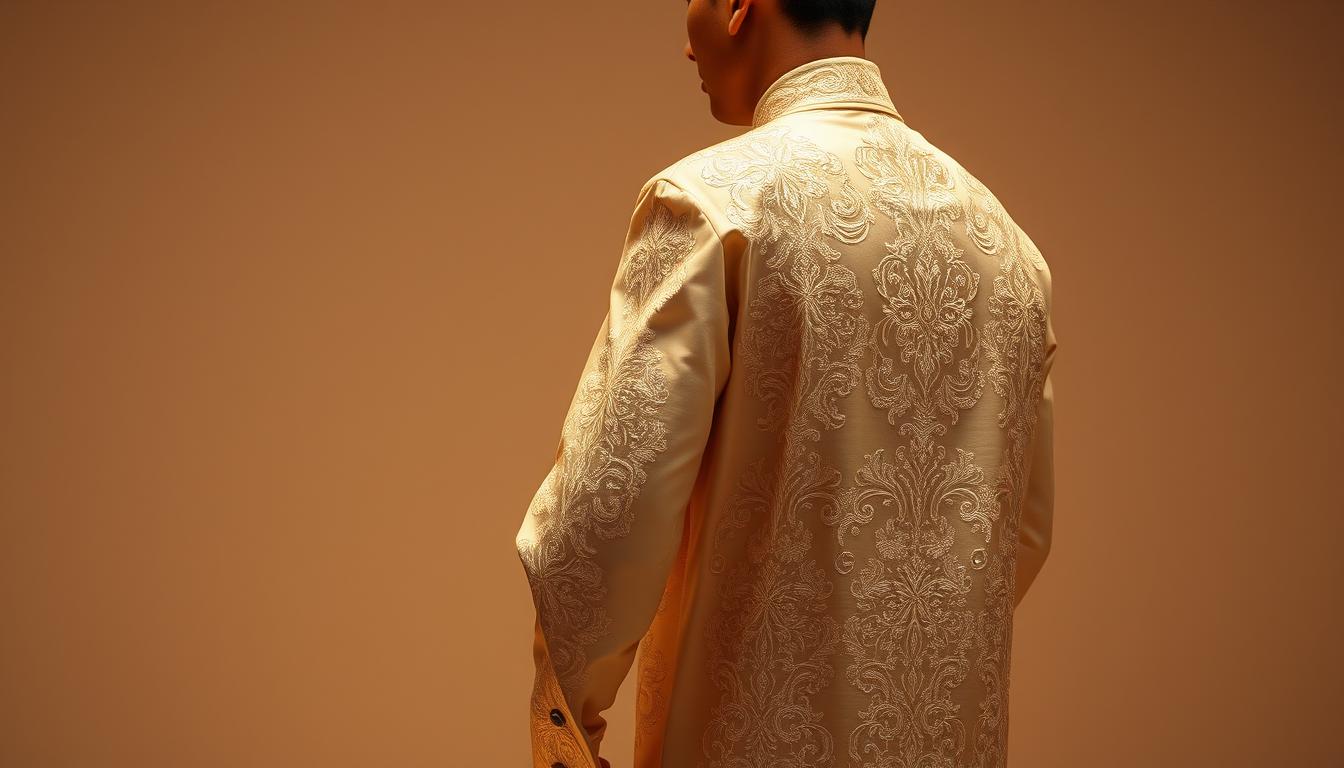
The barong tagalog isn’t just clothing—it’s a celebration of Filipino heritage. Worn at weddings, graduations, and formal gatherings, this garment blends cultural pride with modern elegance. Its lightweight fabrics like pina silk or organza make it ideal for tropical climates while maintaining a polished look.
Selecting the right barong requires balancing tradition and personal style. A well-fitted piece enhances confidence, whether paired with formal slacks for ceremonies or dressed down for casual events. Experts like Carlo Castillo emphasize fabric quality and tailoring as keys to nailing the look.
This guide explores fabric options, styling tips, and how accessories elevate your attire. From crisp white barongs for weddings to textured Gusot Mayaman designs for work, discover how this versatile garment adapts to any occasion. Let’s dive into crafting a look that honors tradition while reflecting your unique taste.
Key Takeaways
- The barong tagalog symbolizes Filipino culture and suits events from weddings to business functions.
- Fabrics like pina silk or organza determine formality and comfort.
- Proper fit ensures a sharp, confident appearance.
- Accessories like embroidery or cufflinks add personal flair.
- Versatile styles like Gusot Mayaman work for casual and formal settings.
Understanding the Fabric Options for Your Barong
Fabric selection defines both the elegance and practicality of this iconic garment. Each material tells a story through its texture, origin, and craftsmanship. Let’s explore the key options that balance tradition with modern wearability.

Piña and Piña-Silk: The Epitome of Elegance
Piña fabric reigns as the crown jewel of Filipino textiles. Artisans hand-weave fibers from red Spanish pineapple leaves, creating a delicate, champagne-gold material. This woven fabric breathes effortlessly, making it ideal for formal events like weddings.
Piña-silk blends pineapple fibers with silk threads for added durability. The mix softens the texture while preserving its luminous sheen. Though pricier, both fabrics age beautifully—developing richer hues over decades when stored properly.
Exploring Jusi, Jusilyn, and Organza Variations
Jusi offers a polished alternative with silk fibers woven into a dense, semi-sheer finish. Unlike piña, it resists wrinkles and works well for business gatherings. Jusilyn uses silk-polyester blends for affordability without sacrificing sophistication.
Organza stands out for its lightweight transparency and subtle shimmer. While less formal, it’s perfect for tropical daytime events. Pair it with neutral colors to avoid overwhelming the fabric’s natural glow.
For everyday wear, prioritize breathable blends. Reserve pure piña or silk for milestone celebrations where heritage takes center stage.
Expert Tips for Choosing the Perfect Barong
Mastering the details transforms this heritage piece into a personal statement. A well-executed barong tagalog ensemble hinges on precise tailoring and thoughtful styling choices that honor tradition while embracing individuality.
Custom Fit, Collar, and Cuff Considerations
Off-the-rack options rarely match the sharpness of a custom-fit barong. Tailored pieces contour to your frame, preventing billowy fabric or tight shoulders. “A structured collar maintains the garment’s dignity,” notes designer Carlo Castillo. Opt for:
- Spread collars for formal events
- Mandarin collars for modern flair
Cuffs should graze the wrist bone when arms are relaxed. Reinforced stitching in high-quality fibers like piña-silk ensures sleeves hold their shape through hours of wear.
Coordinating Undershirts and Accessories
The camisa de chino remains non-negotiable—choose fitted, long-sleeve versions in crisp white. This undershirt prevents transparency while maintaining airflow beneath delicate fabrics.
Accessorize minimally:
- Matte cufflinks complement embroidered designs
- Leather loafers in neutral tones ground the look
For business events, pair barong tagalog coats with slim-cut trousers. Modern metallic threads in traditional embroidery patterns bridge heritage and contemporary design seamlessly.
Elevating Your Look Through Occasions and Modern Twists
Timeless traditions meet fresh creativity in today’s barong tagalog styling. Whether honoring milestones or making boardroom impressions, this garment adapts through fabric choices and design innovations. Let’s explore how to match your ensemble to life’s pivotal moments.
Event-Driven Barong Selection
Weddings demand sophistication—opt for piña-silk with intricate floral patterns. Its natural sheen photographs beautifully under golden-hour light. For graduations, choose lightweight organza in ivory or soft gray. Pair with charcoal slacks for academic gravitas.
Business events thrive on subtlety. Jusi fabric’s matte finish pairs well with minimalist geometric embroidery. Designer Lito Rufino notes:
“A monochrome barong tagalog in navy or charcoal commands respect without overshadowing colleagues.”
Modern Design Innovations
Contemporary colored barong options break from tradition while honoring craftsmanship. Earth tones like moss green or terracotta work for garden weddings. Pastel hues suit daytime celebrations without sacrificing elegance.
| Event | Fabric | Design Tip |
|---|---|---|
| Weddings | Piña-silk | Gold-thread embroidery |
| Graduations | Organza | Subtle tonal patterns |
| Business | Jusi | Angled geometric motifs |
Accessorize with restraint—mother-of-pearl cufflinks enhance formal looks. For casual occasions, rolled sleeves reveal contrast linings. Modern fibers like blended abaca add texture while maintaining breathability.
Conclusion
The barong tagalog bridges generations, blending ancestral craftsmanship with contemporary flair. Its power lies in details: pineapple-derived piña fabric whispers heritage, while precise tailoring ensures modern polish. Every thread tells a story of cultural pride meeting personal style.
Quality materials define lasting elegance. Silk blends and handwoven textiles like jusi elevate formal events, while breathable organza suits tropical gatherings. Tailors emphasize structured collars and wrist-grazing sleeves for sharp appearance—always paired with crisp camisa de chino undershirts.
Modern touches—metallic embroidery or earthy colors—refresh traditions without overshadowing them. Designers like Carlo Castillo champion this balance, proving innovation honors roots. Whether for weddings or boardrooms, your barong becomes a second skin when fabrics and fit align.
Share your styling wins or tweet photos of heirloom pieces. Revisit this guide when refreshing your wardrobe. A well-crafted traditional Filipino attire isn’t just worn—it’s lived in, celebrated, and passed forward.

